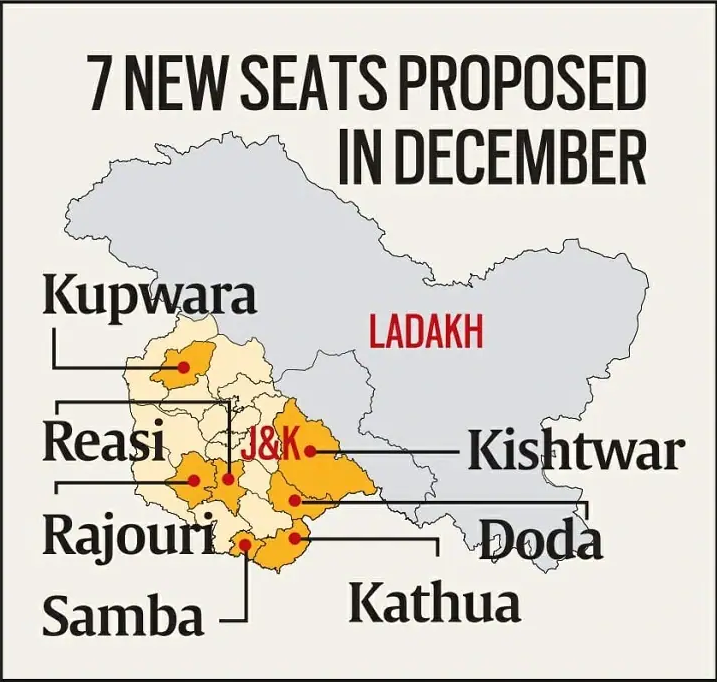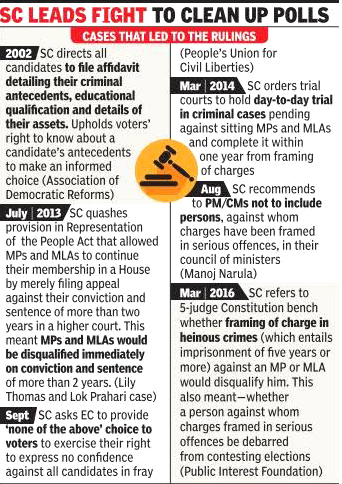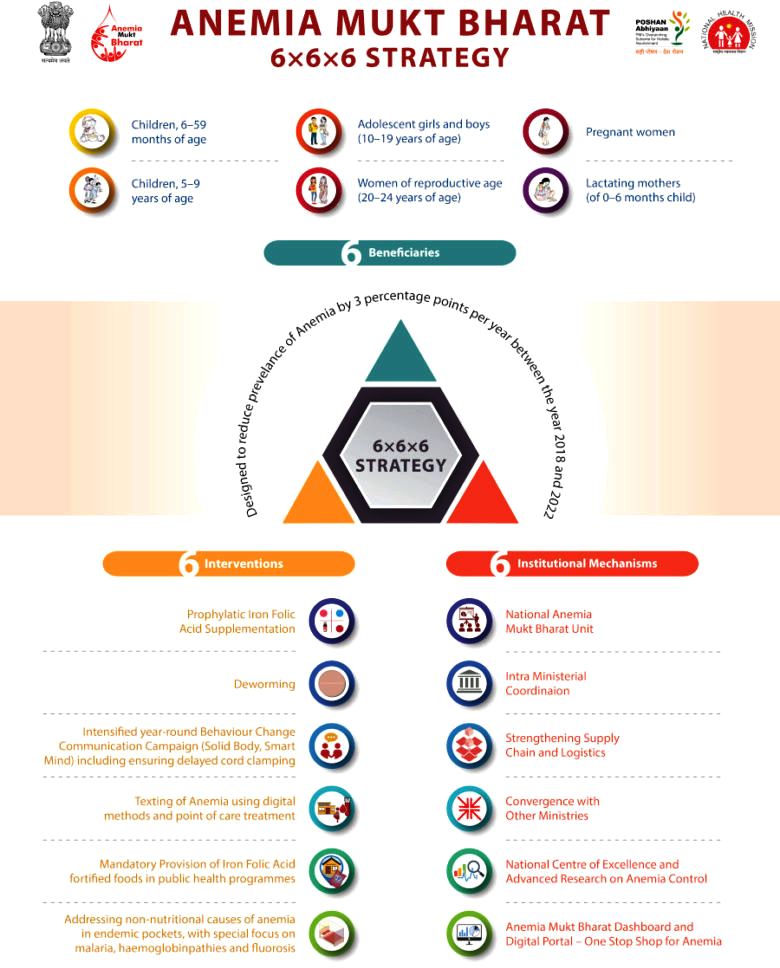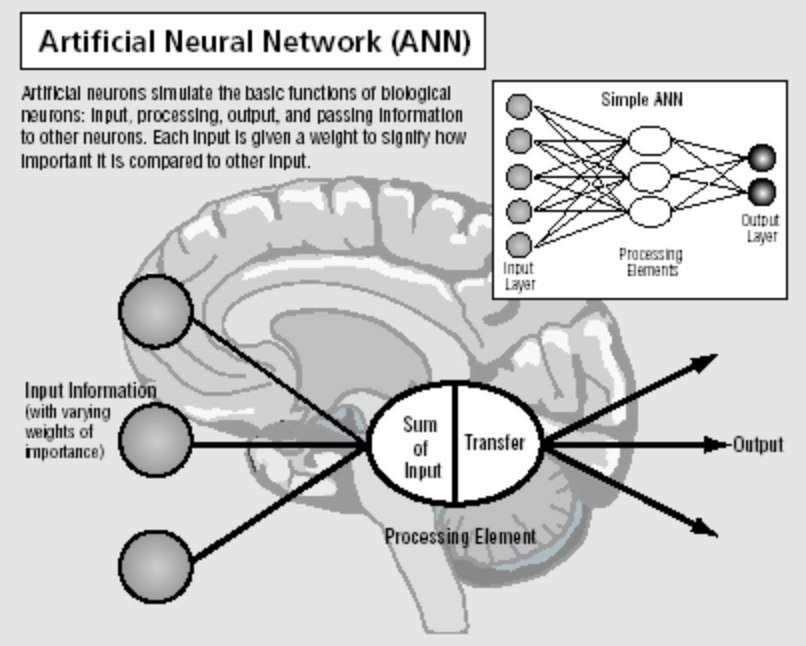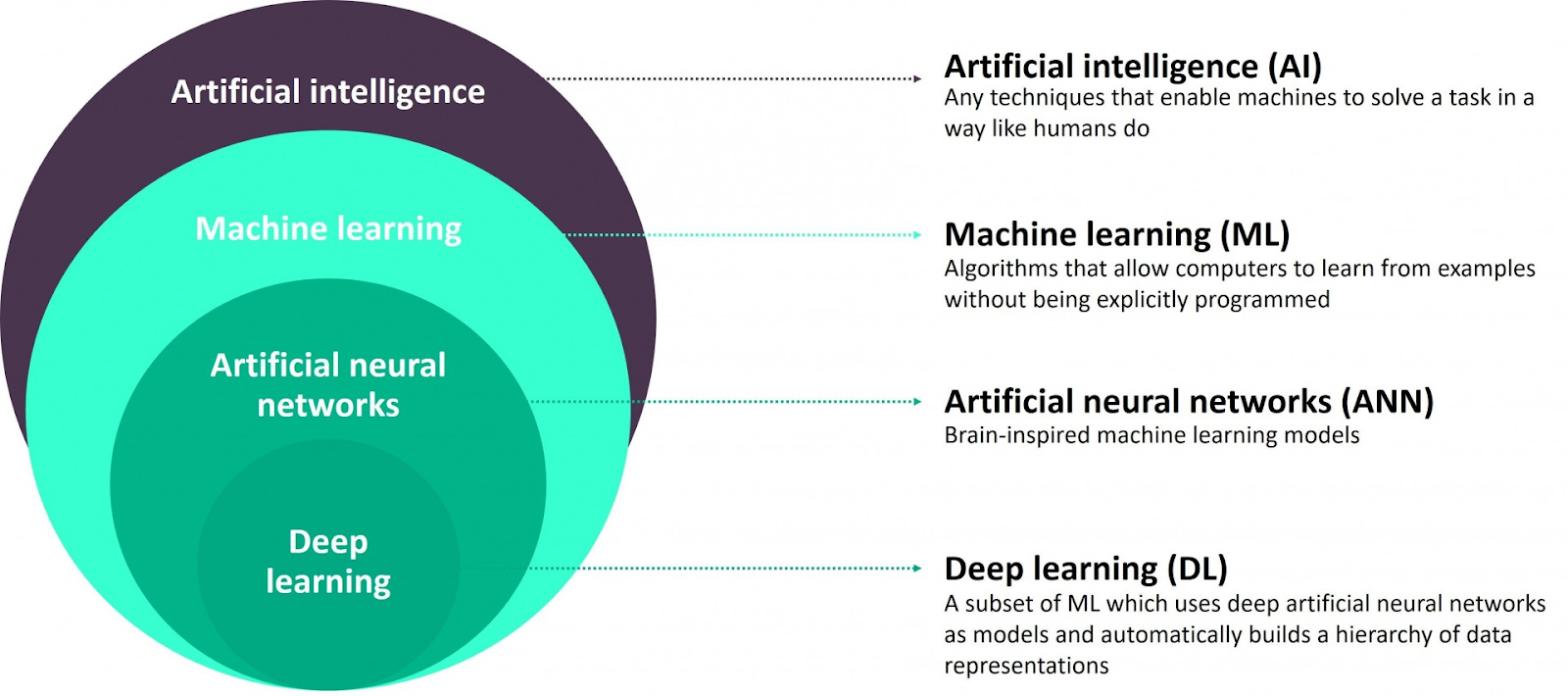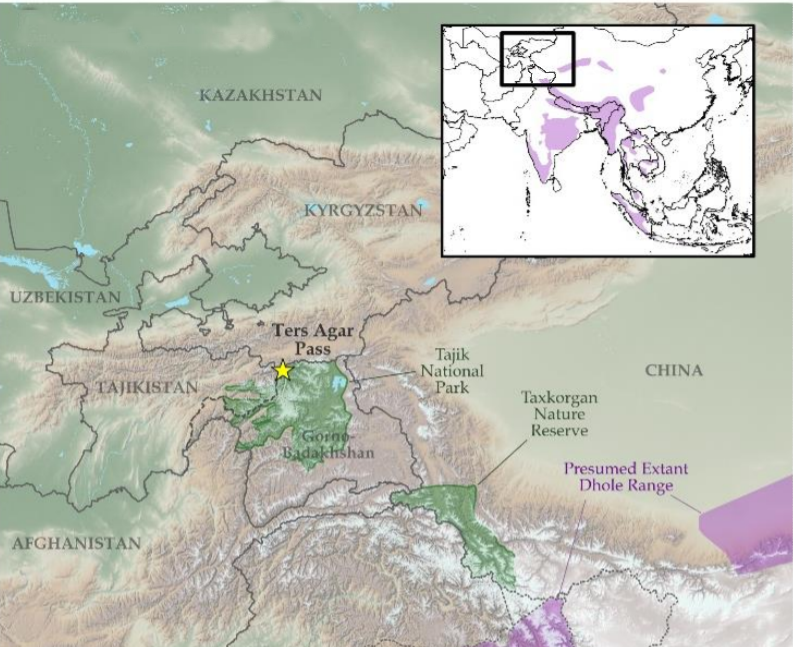Second Phase of CPEC
For Prelims: China-Pakistan Economic Corridor, Belt and Road Initiative, Gwadar Port, Pakistan occupied Kashmir, Strings of Pearls, Panama Canal, LoC.
For Mains: Effect of Policies & Politics of Countries on India's Interests, Groupings & Agreements Involving India and/or Affecting India's Interests, CPEC and its Implications.
Why in News?
Recently, Pakistan signed a new agreement with China to begin the second phase of the USD 60 billion China-Pakistan Economic Corridor (CPEC).
- Earlier, Pakistan had discussed Taliban-led Afghanistan joining the multibillion-dollar China-Pakistan Economic Corridor (CPEC) infrastructure project.
- The second phase primarily revolves around Special Economic Zones (SEZs) development and industrialisation.
What is CPEC? 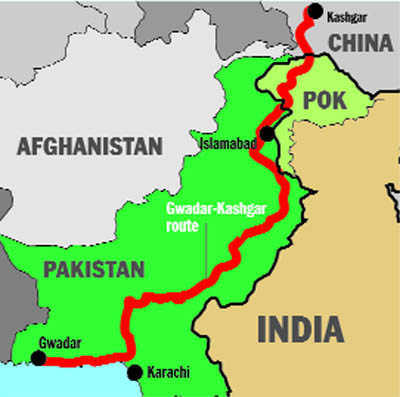
- CPEC is a 3,000-km long route of infrastructure projects connecting China’s northwest Xinjiang Uygur Autonomous Region and the Gwadar Port in the western province of Balochistan in Pakistan.
- It is a bilateral project between Pakistan and China, intended to promote connectivity across Pakistan with a network of highways, railways, and pipelines accompanied by energy, industrial, and other infrastructure development projects.
- It will pave the way for China to access the Middle East and Africa from Gwadar Port, enabling China to access the Indian Ocean and in return China will support development projects in Pakistan to overcome the latter’s energy crises and stabilising its faltering economy.
- CPEC is a part of the Belt and Road Initiative. The BRI, launched in 2013, aims to link Southeast Asia, Central Asia, the Gulf region, Africa and Europe with a network of land and sea routes.
What is India’s Stand on CPEC?
- India has been severely critical of the CPEC, as it passes through Pakistan-occupied Kashmir, which is a disputed territory between India and Pakistan.
- India has also protested to China over the CPEC as it is being laid through the Pakistan-occupied Kashmir (PoK).
- India is a member of the Quad (India, the US, Australia and Japan) which can provide realistic alternatives for countries looking for infrastructure and be an alternative to China. The member countries of the Quad have come up with some alternatives.
- For Example: Blue Dot Network (BDN) and Build Back Better World (B3W) initiative’.
What will be CPEC’s Implications for India?
- India’s Sovereignty: India has continuously opposed the project since it passes through the Pakistan-occupied Kashmir territory of Gilgit-Baltistan – a claim opposed by Pakistan.
- The corridor is also perceived to be an alternative economic road link for the Kashmir Valley lying on the Indian side of the border.
- Most key players in the Indian state of Jammu and Kashmir, have expressed optimism about the project.
- There have been calls by local business and political leaders to declare Kashmir on both sides of the Line of Control (LoC) a ‘Special Economic Zone’.
- However, a well-connected Gilgit-Baltistan that attracts industrial development and foreign investment, if CPEC proves a success, will further consolidate the region’s perception as internationally recognised Pakistani territory, diminishing India’s claim over the 73,000 sq km piece of land which is home to more than 1.8 million people.
- Chinese Control Over Trade Via Sea: Major US ports on the East Coast depend on the Panama Canal to trade with China.
- Once CPEC becomes fully functional, China will be in a position to offer a ‘shorter and more economical’ trade route (avoiding travel through the entire Western Hemisphere) to most North and Latin American enterprises.
- This will give China the power to dictate the terms by which the international movement of goods will take place between the Atlantic and the Pacific oceans.
- Chinese String of Pearls: China has been increasing its presence in the Indian Ocean with the ‘String of Pearls’ ambition: A term coined by the Americans and often used by Indian defence analysts to refer to a Chinese game-plan of encircling India through a network of airfields and ports.
- With an existing presence in Chittagong port (Bangladesh), Hambantota port (Sri Lanka), Port Sudan (Sudan), Maldives, Somalia and Seychelles, a control of Gwadar port establishes complete dominance of the Indian ocean by the Communist nation.
- Emergence of Pakistan as an Outsourcing Destination: It is poised to speed up Pakistan’s economic progress.
- Pakistani exports, mainly in the textile and construction material industry, compete directly with those of India in the US and UAE – two of the top three trading partners of both countries.
- With the supply of raw material from China becoming easier, Pakistan will be suitably placed to become a regional market leader in these sectors – mainly at the cost of Indian export volumes.
- Stronger BRI and Chinese Dominance in Trade Leadership: China’s BRI project that focuses on the trade connectivity between China and the rest of Eurasia through a network of ports, roads and railways has been often seen as China’s plan to dominate the region politically. CPEC is one giant step in the same direction.
- A China that is more accepted and integrated with the rest of the global economy will have a better say in the United Nations and with individual nations, which may prove to be bad news for an India aspiring to acquire a permanent seat at the UN Security Council.
Way Forward
- India’s future strategy thrust on CPEC must be based on a careful reassessment of the potential benefits as well as disadvantages from the BRI project.
- India should speed up work on development of its own strategic projects like, Bangladesh, China, India and Myanmar Economic Corridor (BCIM) and Chabahar Port.
- The Asia-Africa Growth Corridor is an India-Japan economic cooperation agreement, it can provide India great strategic benefits and counter China.
Interim Report of J&K Delimitation Commission
For Prelims: Delimitation Commission and Related Constitutional Provisions, Lok Sabha, Legislative Assembly, Supreme Court, Article 370,
For Mains: Indian Constitution, Elections, Statutory Bodies, Delimitation Process, Delimitation of J&K and Related Issues.
Why in News
Recently, in its interim report, the Jammu and Kashmir (J&K) Delimitation Commission has proposed significant changes to the electoral map of J&K.
- The delimitation exercise had started in June 2021 in the state.
What was the Previous Distribution of J&K Constituencies?
- The erstwhile J&K State had an 87-member assembly, with 37 constituencies in the Jammu region and 46 in the Kashmir division and four in Ladakh. Besides, 24 seats are reserved and vacant for Pakistan occupied Kashmir (PoK).
- J&K lost its special status and was divided into two Union Territories (J&K and Ladakh) after the abrogation of its special status under Article 370, on 5th August, 2019.
What are the Major Recommendations of J&K Delimitation Commission?
- About:
- Increased Assembly Strength:
- The Commission has, as per the mandate granted under the J&K Reorganisation Act, 2019, added seven assembly constituencies to J&K, increasing its strength from 87 to 90.
- The interim report proposes an increase of six seats for the Jammu province, taking the number of constituencies to 43, and an increase of one seat in the Kashmir province, taking the seat strength to 47, almost bringing the two regions at par with each other.
- The Commission has suggested redrawing of boundaries of most of the Assembly segments in J&K. It has named and reconfigured 28 new constituencies and deleted 19 assembly segments.
- Reservation in Assemblies:
- The Commission has proposed to reserve seven seats for Scheduled Castes (SCs) Hindus that mainly populate the Samba-Kathua-Jammu-Udhampur belt and nine seats for Scheduled Tribes (STs) which will help Gujjar and Bakerwals, mostly non-Kashmiri speaking Muslims inhabiting the Rajouri-Poonch belt in the Jammu province.
- Increased Lok Sabha Seats:
- The Commission has proposed reframing of Lok Sabha constituencies, with J&K having five parliamentary constituencies, which included three seats from Kashmir and two from Jammu.
- It has proposed a Lok Sabha seat, disjointed geographically, by merging three districts of south Kashmir and two districts of Rajouri and Poonch in the Pir Panjal valley. It will be named Anantnag-Rajouri seat.
- Increased Assembly Strength:
- Criticism:
- Kashmir has Larger Population:
- This seat sharing was criticised on the grounds that the Kashmir province has more population at 68.88 lakhs against 53.50 lakhs in the Jammu province.
- However, the commission argued that it has taken into account the topography, means of communication and convenience available and not just the population size.
- Reorganisation Unconstitutional:
- It has been claimed that the J&K Reorganisation Act, 2019 was “palpably unconstitutional” and it has already been challenged in the Supreme Court.
- Arbitrary Process:
- Critics have also questioned the formula applied in case of J&K by the commission and termed the Commission’s report an arbitrary overhaul, with no regard for even the terrain, let alone the population that tends to be a basic parameter for redrawing the boundaries of assembly and parliamentary segments.
- Kashmir has Larger Population:
What is Delimitation?
- Delimitation is the act of fixing or redrawing the limits or boundaries of territorial constituencies (Assembly or Lok Sabha seat) in a country or a province having a legislative body, as per the Election Commission.
- The delimitation exercise is carried out by an independent high-powered panel known as the Delimitation Commission whose orders have the force of law and cannot be questioned by any court.
- The exercise has been carried out over the years to redefine the area of a constituency-based on its population size (based on the last Census).
- Aside from changing the limits of a constituency, the process may result in change in the number of seats in a state.
- This exercise also involves reservation of Assembly seats for SC & ST in accordance with the Constitution.
- The key aim is to have equal representation to equal segments of the population in order to ensure a fair division of geographical areas so that all political parties or candidates contesting elections have a level playing field in terms of a number of voters.
What is the Constitutional Basis for Delimitation?
- Under Article 82, the Parliament enacts a Delimitation Act after every Census.
- Under Article 170, States also get divided into territorial constituencies as per Delimitation Act after every Census.
- Once the Act is in force, the Union government sets up a Delimitation Commission.
- The delimitation commission is an independent body constituted under Article 82 after the Parliament enacted a Delimitation Act after every census.
- However, the first delimitation exercise was carried out by the President (with the help of the Election Commission) in 1950-51.
- The Delimitation Commission Act was enacted in 1952.
- Delimitation Commissions had been set up four times — 1952, 1963, 1973 and 2002 under the Acts of 1952, 1962, 1972 and 2002.
- There was no delimitation after the 1981 and 1991 Censuses.
Who is Included in a Delimitation Commission?
- The Delimitation Commission is appointed by the President of India and works in collaboration with the Election Commission of India.
- Composition:
- Retired Supreme Court judge
- Chief Election Commissioner
- Respective State Election Commissioners.
Why is Delimitation Needed?
- The uneven growth of population in different constituencies in different parts of the country as well as within the same state.
- Also, continuous migration of people / electorate from one place to another especially from rural areas to urban areas have resulted in strikingly different sizes of electoral constituencies even within the same State.
What are the Issues with Delimitation?
- States that take little interest in population control could end up with a greater number of seats in Parliament. The southern states that promoted family planning faced the possibility of having their seats reduced.
- In 2002-08, Delimitation was done based on the 2001 census, but the total number of seats in the Assemblies and Parliament decided as per the 1971 Census was not changed.
- The Constitution has also capped the number of Lok Shaba & Rajya Sabha seats to a maximum of 550 & 250 respectively and increasing populations are being represented by a single representative.
Criminalization of Politics
For Prelims: Amicus Curiae, Representation of People's Act, Criminalization of Politics.
For Mains: Reasons, effects and solutions to Criminalization of Politics.
Why in News?
According to data compiled by the Amicus Curiae, a total of 4,984 criminal cases involving legislators were pending in various courts across the country as of 1st December, 2021.
- The Amicus Curiae was appointed by the Supreme Court for helping the court in setting up special courts to fast-track cases against MPs and MLAs.
- This trend highlights the increasing instance of criminalization of politics.
- An amicus curiae (literally, "friend of the court") is someone who is not a party to a case and may or may not have been solicited by a party and who assists a court by offering information, expertise, and bearing on issues of the case.
What is Criminalization of Politics?
- The criminalization of politics means the participation of criminals in politics which includes that criminals can contest in the elections and get elected as members of the Parliament and the State legislature.
- It takes place primarily due to the nexus between politicians and criminals.
What are the Legal Aspects of Disqualification of Criminal Candidates?
- In this regard, Indian Constitution does not specify as to what disqualifies a person from contesting elections for the Parliament, Legislative assembly or any other legislature.
- The Representation of Peoples Act 1951 mentions the criteria for disqualifying a person for contesting an election of the legislature.
- Section 8 of the act, i.e. disqualification on conviction for certain offences, according to which an individual punished with a jail term of more than two years cannot stand in an election for six years after the jail term has ended.
- The law does not bar individuals who have criminal cases pending against them from contesting elections therefore the disqualification of candidates with criminal cases depends on their conviction in these cases.
What are the Reasons for Criminalization of Politics?
- Lack of Enforcement: Several laws and court judgments have not helped much, due to the lack of enforcement of laws and judgments.
- Vested Interests: Publishing of the entire criminal history of candidates fielded by political parties may not be very effective, as a major chunk of voters tend to vote through a narrow prism of community interests like caste or religion.
- Use of Muscle and Money Power: Candidates with serious records seem to do well despite their public image, largely due to their ability to finance their own elections and bring substantive resources to their respective parties.
What are the Effects of Criminalization of Politics?
- Against the Principle of Free and Fair Election: It limits the choice of voters to elect a suitable candidate.
- It is against the ethos of free and fair election which is the bedrock of a democracy.
- Affecting Good Governance: The major problem is that the law-breakers become law-makers, this affects the efficacy of the democratic process in delivering good governance.
- These unhealthy tendencies in the democratic system reflect a poor image of the nature of India’s state institutions and the quality of its elected representatives.
- Affecting Integrity of Public Servants: It also leads to increased circulation of black money during and after elections, which in turn increases corruption in society and affects the working of public servants.
- Causes Social Disharmony: It introduces a culture of violence in society and sets a bad precedent for the youth to follow and reduces people's faith in democracy as a system of governance.
Way Forward
- State Funding of Elections: Various committees (Dinesh Goswami, Inderjeet Committee) on the electoral reforms have recommended state funding of elections which will curb use of black money to a large extent and thereby will have a significant impact on limiting criminalization of politics.
- Strengthening Election Commission: Regulating the affairs of a political party is essential for a cleaner electoral process. Therefore, it is imperative to strengthen the Election Commission of India.
- Vigilant Voters: Voters also need to be vigilant about misuse of money, gifts and other inducements during elections.
- Proactive Role of Judiciary: Given the reluctance by the political parties to curb criminalisation of politics and its growing detrimental effects on Indian democracy, Indian courts must now seriously consider banning people accused with serious criminal charges from contesting elections.
Anaemia Mukt Bharat
For Prelims: Anaemia Mukt Bharat , 6X6X6 strategy, National Family Health Survey 2019-20, Pradhan Mantri Surakshit Matritva Abhiyan.
For Mains: Women and child welfare, Health initiatives.
Why in the News?
Recently, the Union Minister of State for Health and Family Welfare provided information on Anaemia Mukt Bharat (AMB) strategy.
- In 2018, the Government of India launched the AMB strategy with the target to reduce anaemia in the vulnerable age groups such as women, children and adolescents.
- AMB is based on a life cycle approach, providing preventive and curative mechanisms through a 6X6X6 strategy including six target beneficiaries, six interventions and six institutional mechanisms for all stakeholders to implement the strategy.
What is Anaemia?
- It is a condition in which the number of red blood cells or their oxygen-carrying capacity is insufficient to meet physiologic needs, which vary by age, sex, altitude, smoking, and pregnancy status.
- Iron deficiency is the most common cause of anaemia, although other conditions, such as folate, vitamin B12 and vitamin A deficiencies, chronic inflammation, parasitic infections, and inherited disorders can all cause anaemia.
- In its severe form, it is associated with fatigue, weakness, dizziness and drowsiness. Pregnant women and children are particularly vulnerable.
- According to the National Family Health Survey 2019-20, Indian women and children are overwhelmingly anaemic.
- Under phase I, 22 states and UTs were surveyed and in a majority of these states and UTs, more than half the children and women were found to be anaemic.
- According to the World Health Organization (WHO), women in the reproductive age group and having haemoglobin levels lower than 12 grams per decilitre (g / dL), as well as children under five with haemoglobin levels lower than 11.0 g / dL are considered anaemic.
What are the Highlights of AMB Strategy?
What are Other Government Initiatives for Controlling Anaemia?
- Health is a State subject and the primary responsibility for strengthening health care services including implementation of national programs lies with the respective State/UT government.
- The Ministry of Health and Family Welfare provides financial and technical support to States/UTs under the National Health Mission.
- Weekly Iron and Folic Acid Supplementation (WIFS): This Programme is being implemented to meet the challenge of high prevalence and incidence of anaemia amongst adolescent girls and boys.
- The intervention under WIFS includes supervised weekly ingestion of Iron Folic Acid (IFA) tablets.
- To control worm infestation, biannual deworming with Albendazole is provided.
- Health Management Information System & Mother Child Tracking System: It is being implemented for reporting and tracking the cases of anaemic and severely anaemic pregnant women.
- Universal Screening of Pregnant Women for Anaemia: It is a part of Ante-Natal Care (ANC) and all pregnant women are provided iron and folic acid tablets during their ante-natal visits through the existing network of sub-centres and primary health centres and other health facilities as well as through outreach activities at Village Health & Nutrition Days (VHNDs).
- Pradhan Mantri Surakshit Matritva Abhiyan (PMSMA): It has been launched to focus on conducting special ANC check up on 9th of every month with the help of Medical officers to detect and treat cases of anaemia.
- Operationalization of Blood Bank in District Hospitals and Blood Storage Unit in sub district facilities such as Sub-Divisional Hospital/ Community Health Centers is being taken to tackle complications due to severe anaemia.
Indian Footwear and Leather Development Programme
For Prelims: IFLDP Scheme.
For Mains: Leather Industry, Government policies and interventions.
Why in News
Indian Footwear and Leather Development Programme (IFLDP) has been approved for continuation from 2021-22 with an approved financial outlay of Rs. 1700 crore.
- IFLDP has been approved by the Union Cabinet as continuation of the erstwhile IFLADP (Indian Footwear Leather and Accessories Development Programme) till 31st March 2026 or till further review, whichever is earlier.
- The IFLADP was announced with an expenditure of Rs. 2,600 crore for three financial years - 2017-18 to 2019-20.
What is IFLDP Scheme?
- It is a Central Sector Scheme, which aims at development of infrastructure for the leather sector, address environmental concerns specific to the leather sector, facilitate additional investments, employment generation and increase in production.
- Sub-schemes approved under the programme include:
- Sustainable technology and environmental promotion; Integrated Development of Leather Sector (IDLS); establishment of institutional facilities; Mega Leather Footwear and Accessories Cluster Development; brand promotion; and development of design studios.
- Development of design studios (proposed outlay Rs 100 crore) is a new sub-scheme and it would promote marketing/export linkages, facilitate buyer- seller meets, display designs to international buyers and work as interface for the trade fairs.
What is the Impact of erstwhile IFLADP ?
- The programme has a direct benefit towards quality employment generation especially for women, skill development, decent work, making the industry more environment friendly and prompting a sustainable production system.
- The leather clusters located in different parts of the country have accrued benefit in terms of reduction of poverty, gender equality, sector specific skill/education, etc., thus touching many of the Sustainable Development Goals (SDGs).
- Other National Development Plans (NDPs) such as economic growth, generation of employment, good health and well-being, infrastructure development, affordable and clean energy and other environmental benefits are well-served by the IFLAD Programme.
- Most of the NDPs align with the SDGs.
What is the current status of India’s Leather Industry?
- India is the second largest producer of footwear and leather garments after China in the world and is the second largest exporter (after China) of leather garments in the world.
- The industry is known for its consistency in high export earnings and it is among the top ten foreign exchange earners for the country.
- India has an abundance of raw materials with access to 20% of world’s cattle and buffalo and 11% of the world’s goat and sheep population.
- The Leather industry is an employment intensive industry providing job to more than 4 mn people, mostly from the weaker sections of the society.
- Women employment is predominant in Leather products industry with about 30% share. The Leather industry in India has one of the youngest workforces with 55% of the workforce below 35 years of age.
- The major markets for Indian Leather & Leather Products are USA, Germany, UK, Italy, France, Spain, Netherlands, UAE, etc.
Artificial Neural Network
For Prelims: Artificial Neural Network , Big Data, Machine Learning, Cloud Computing, Technology.
For Mains: IT & Computers, Artificial Neural Network , Its Significance and Limitations.
Why in News?
Recently, the global Artificial Neural Network (ANN) Market report was published.
- It is an information bank that delivers comprehensive information about the market ranging from the establishment to the predictable growth trend.
- As per the current report, ANN Market to Set Phenomenal Growth from 2021 to 2028.
What is an Artificial Neural Network?
- It is a vital subset of machine learning that helps computer scientists in their work on complex tasks, such as, strategizing, making predictions, and recognizing trends.
- It is a computational model that mimics the way nerve cells work in the human brain. It is designed to simulate the way the human brain analyzes and processes information.
- It is not like other machine learning algorithms that crunch numbers or organise data, it is an algorithm that learns from experience and repeated tasks performed by its users.
- It is also known as a Neural Network (NN). ANN is a computational model based on the functions and structure of biological neural networks.
- Information that runs through the network affects the structure of the artificial neural network due to the fact that a neural network learns or changes based on the input and output.
- NNs are fed massive volumes of data in the beginning phases. In most cases, training is done by providing input and informing the network about what should be the output.
- Many smartphone makers, for example, have recently integrated facial recognition technology.
What are the Major Drivers of ANN Growth?
- Rapid digitization is anticipated to boost the deployment of artificial neural network platforms. Furthermore, an extensively used application of artificial neural networks is in the field of predictive analytics.
- Predicting consumer behaviour and sales forecasting are expected to drive the artificial neural network market during the forecast period.
- ANN helps marketers predict the outcome of a campaign by recognizing the trends from previous marketing campaigns.
- While neural networks have been available for a while, it is mainly the recent emergence of Big Data that has made this technology extremely useful in the field of marketing.
- Cloud computing also provided enormous computing resources that are needed for ANNs to “work through” massive volumes of data.
What are the Limitations of ANN?
- One of the most significant technological hurdles is the time it takes to train networks, which frequently demand an acceptable level of computational power for even complex tasks.
- The second factor to consider is that neural networks are computer systems in which the user categorises the trained data and gets responses. They have the ability to fine-tune the responses, but they do not have access to the specific decision-making process.
Vande Bharat Trains
Why in News?
In the Union Budget for 2022-2023, the Finance Minister has proposed the development and manufacture of 400 new Vande Bharat trains in the next three years.
- The 400 trains carry a potential investment of Rs 50,000 crore while the current Vande Bharats are being made at Rs 106 crore per train set of 16 cars, at 2018 pricing.
- It comes in addition to the current plan — to be able to run 75 Vande Bharats across India by Independence Day in 2023.
What are Vande Bharat Trains?
- It is an indigenously designed and manufactured semi high speed, self-propelled train that is touted as the next major leap for the Indian Railways in terms of speed and passenger convenience since the introduction of Rajdhani trains.
- The first Vande Bharat was manufactured by the Integral Coach Factory (ICF), Chennai, as part of the ‘Make in India’ programme, at a cost of about Rs. 100 crore.
- The Vande Bharat was India’s first attempt at adaptation of the train set technology compared with conventional systems of passenger coaches hauled by separate locomotives.
- The train set configuration, though complex, is faster, easier to maintain, consumes less energy, and has greater flexibility in train operation.
- Currently, two Vande Bharat Expresses are operational —one between New Delhi and Varanasi and the other from New Delhi to Katra.
- The 400 new trains will have “better efficiency” and railways are looking at making several of these trainsets with aluminium instead of steel.
- An aluminium body will make each trainset around 40-80 tonnes lighter than a current Vande Bharat and this will mean lower consumption of energy as well as better speed potential.
What are the Features of the Vande Bharat Trains?
- These trains, dubbed as Train 18 during the development phase, operate without a locomotive and are based on a propulsion system called distributed traction power technology, by which each car of the train set is powered.
- Its coaches incorporate passenger amenities including on-board WiFi entertainment, GPS-based passenger information system, CCTVs, automatic doors in all coaches, rotating chairs and bio-vacuum type toilets like in aircraft.
- It can achieve a maximum speed of 160 kmph due to faster acceleration and deceleration, reducing journey time by 25% to 45%.
- It also has an intelligent braking system with power regeneration for better energy efficiency thereby making it cost, energy and environment efficient.
What is the Significance?
- The sheer manufacturing of 400 of these trainset equipment in three years will be additional employment generation to the tune of 10,000-15,000.
- The pumping in around Rs 50,000 crore into the country’s rolling stock industry, will give a big boost in the sectors of component manufacturing, supplies etc.
- It will also improve railway finances and operational efficiency.
Way Forward
- Indian railways is moving towards a new era of travel experience with upgraded next-generation trains. At a time when low cost airlines and smooth road networks are offering stiff competition, the new trains can help railways retain traffic and even grow it.
- Timely execution of the ambitious project and keeping in mind the demand for various classes of travel will go a long way in ensuring the success of the Vande Bharat project.
Dholes
Why in News?
A new study has reported the presence of dholes or Asiatic wild dogs in the high mountains of Central Asia nearly 30 years after their presence was last recorded.
- The animals have been discovered in the Bek-Tosot Conservancy in the Osh region of southern Kyrgyzstan, a few kilometres from the Tajik border. It lies in the Pamir mountain range of Xinjiang Autonomous Region, China.
What do we Know About Dholes?
- About: Dhole (Cuon alpinus) is a wild carnivorous animal and is a member of the family Canidae and the class Mammalia.
- They are also known as Asian wild dogs.
- Habitat:

- Historically, dholes purportedly occurred throughout southern Russia, all across central Asia, south Asia and southeast Asia.
- According to recent research and current distribution maps, they are restricted to south and southeast Asia, with the northernmost populations in China.
- In India, they are found in three clusters across India namely the Western and Eastern Ghats, central Indian landscape and North East India.
- Karnataka, Maharashtra and Madhya Pradesh rank high in the conservation of the endangered dhole in India, according to a study (2020).
- Ecological role: Dholes play an important role as apex predators in forest ecosystems.
What is the Conservation Status of Dholes?
- IUCN List of Threatened Species: Endangered
- Convention on International Trade in Endangered Species of Wild Fauna and Flora (CITES): Appendix II
- Wildlife Protection Act, 1972 : Schedule II
Why is their Population Decreasing?
- Ongoing habitat loss: Due to deforestation and fragmentation of forest corridors.
- Depletion of prey base: Ungulates are the main prey of dholes whose population is rapidly decreasing due to excessive hunting and habitat loss.
- Persecution due to livestock predation and disease transfer from domestic and feral dogs.

